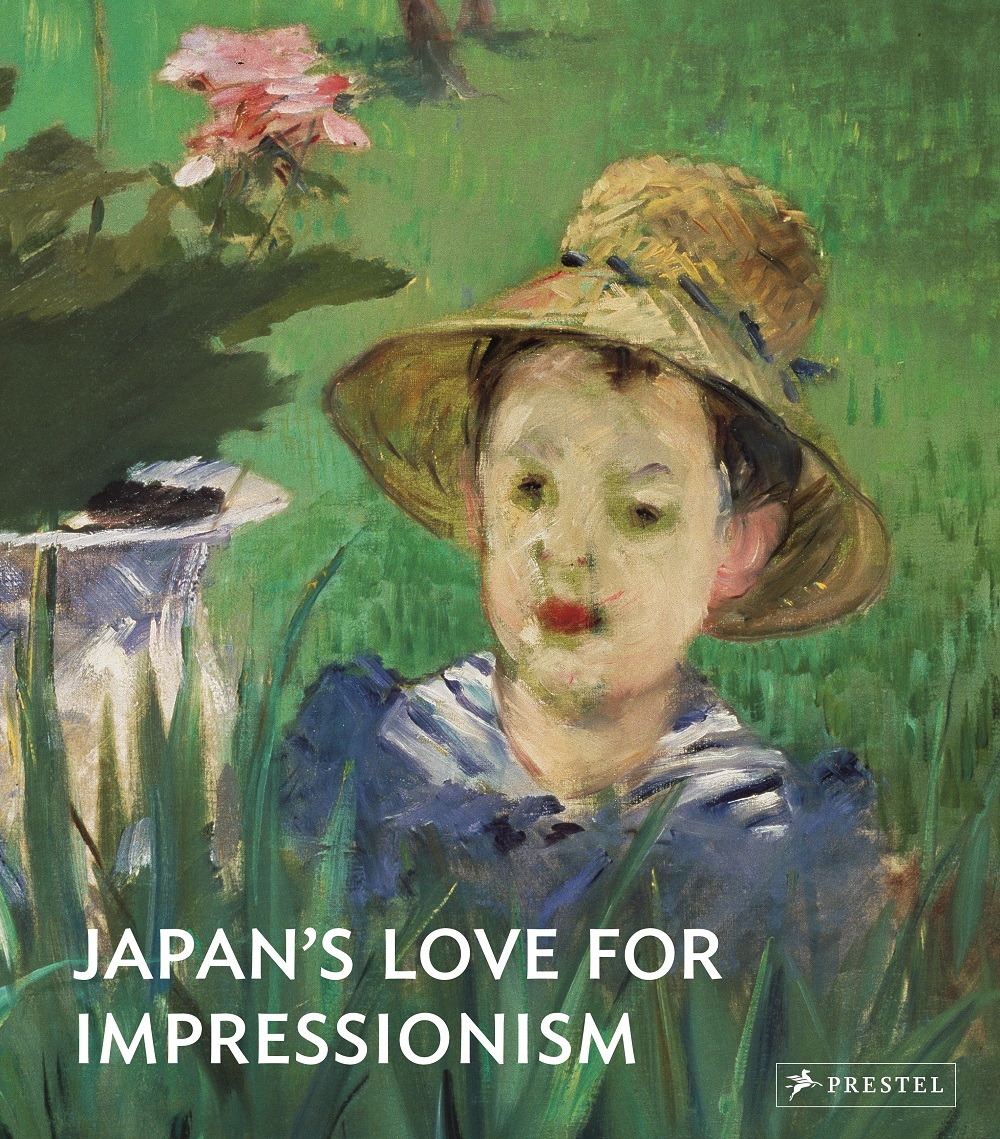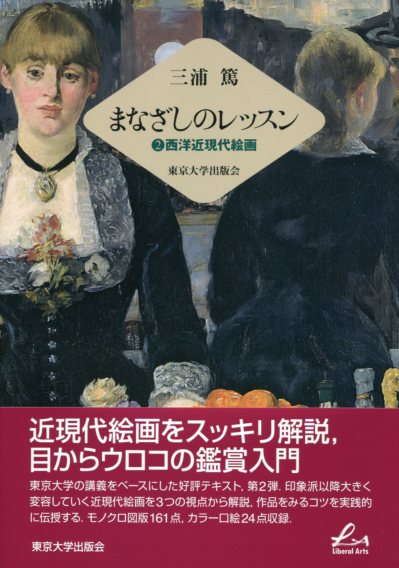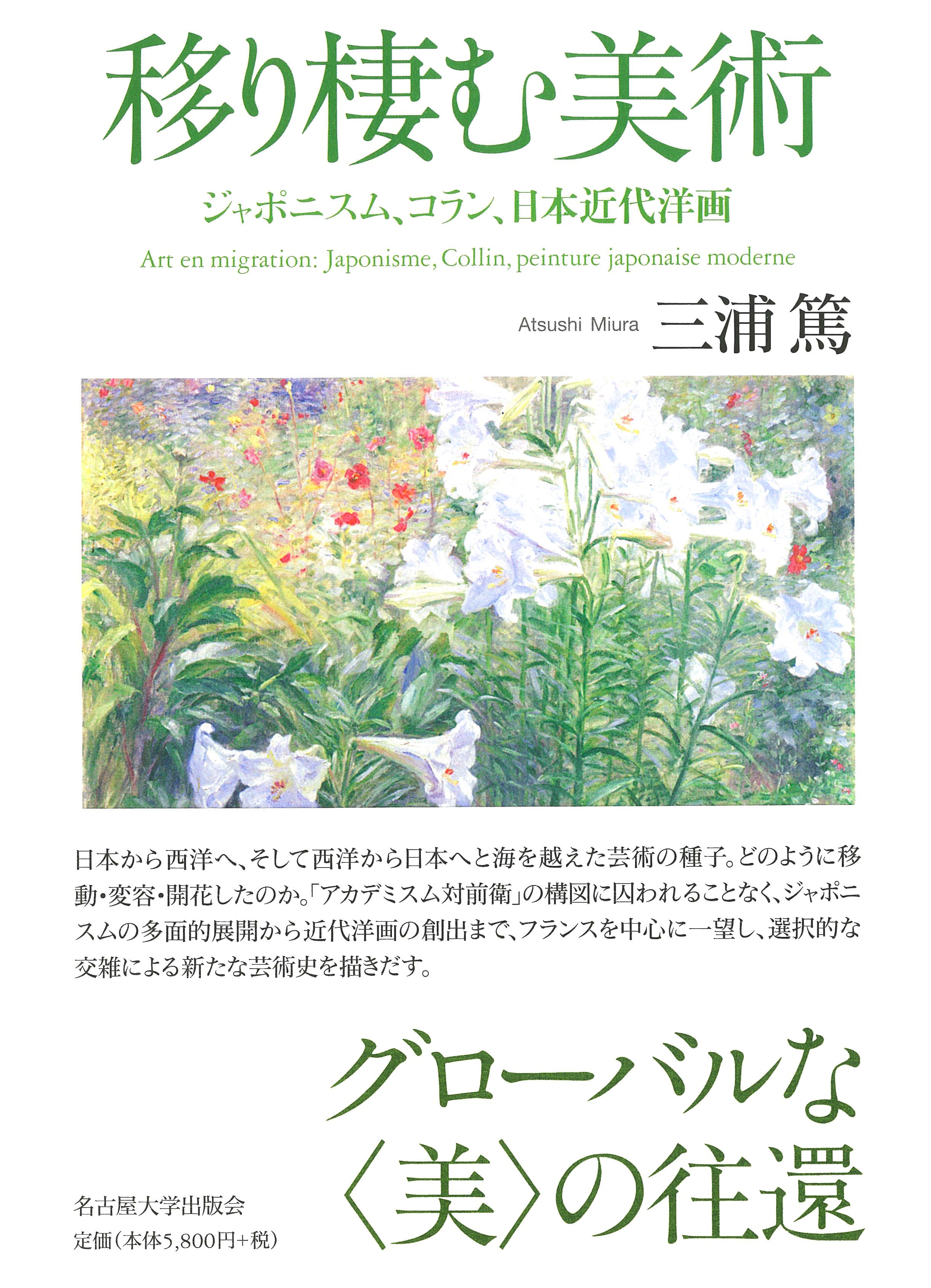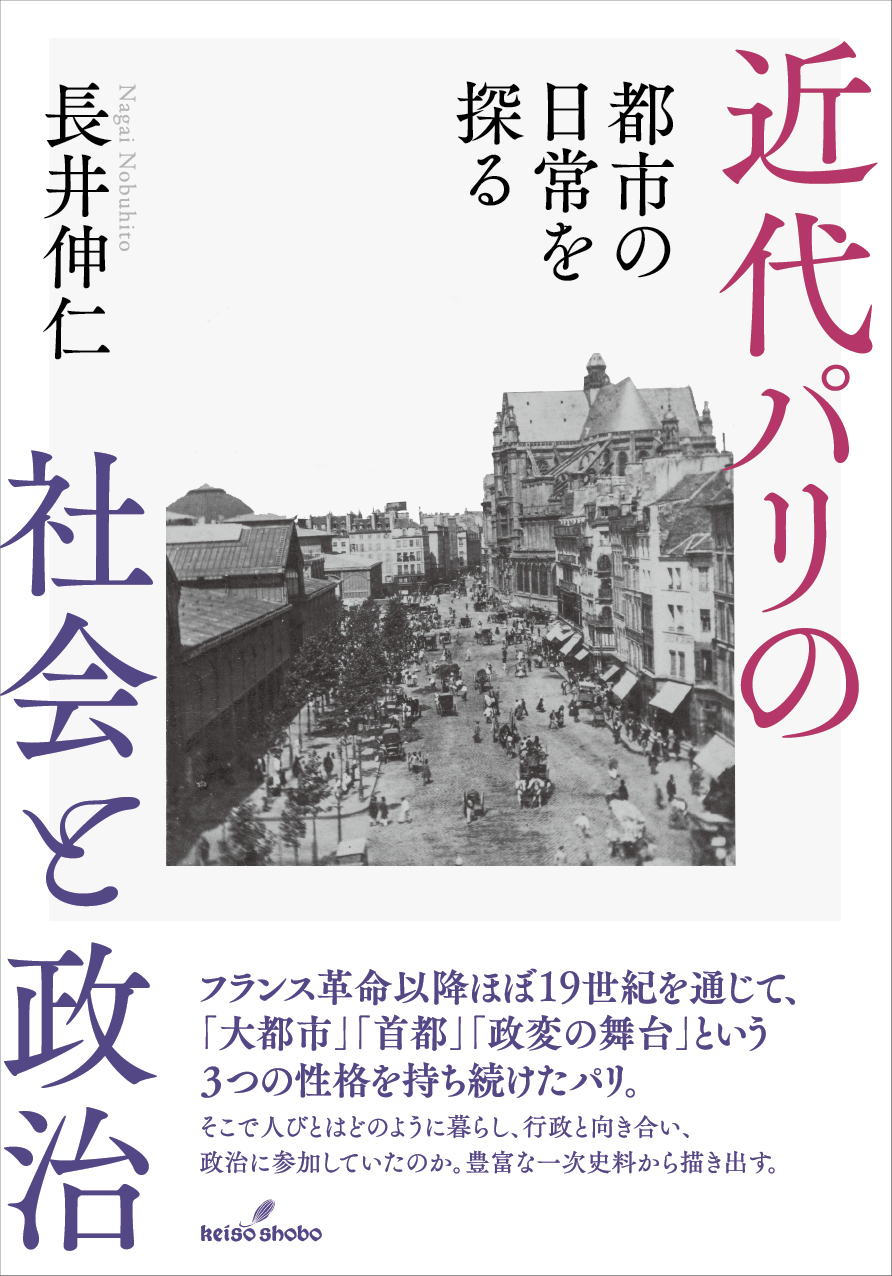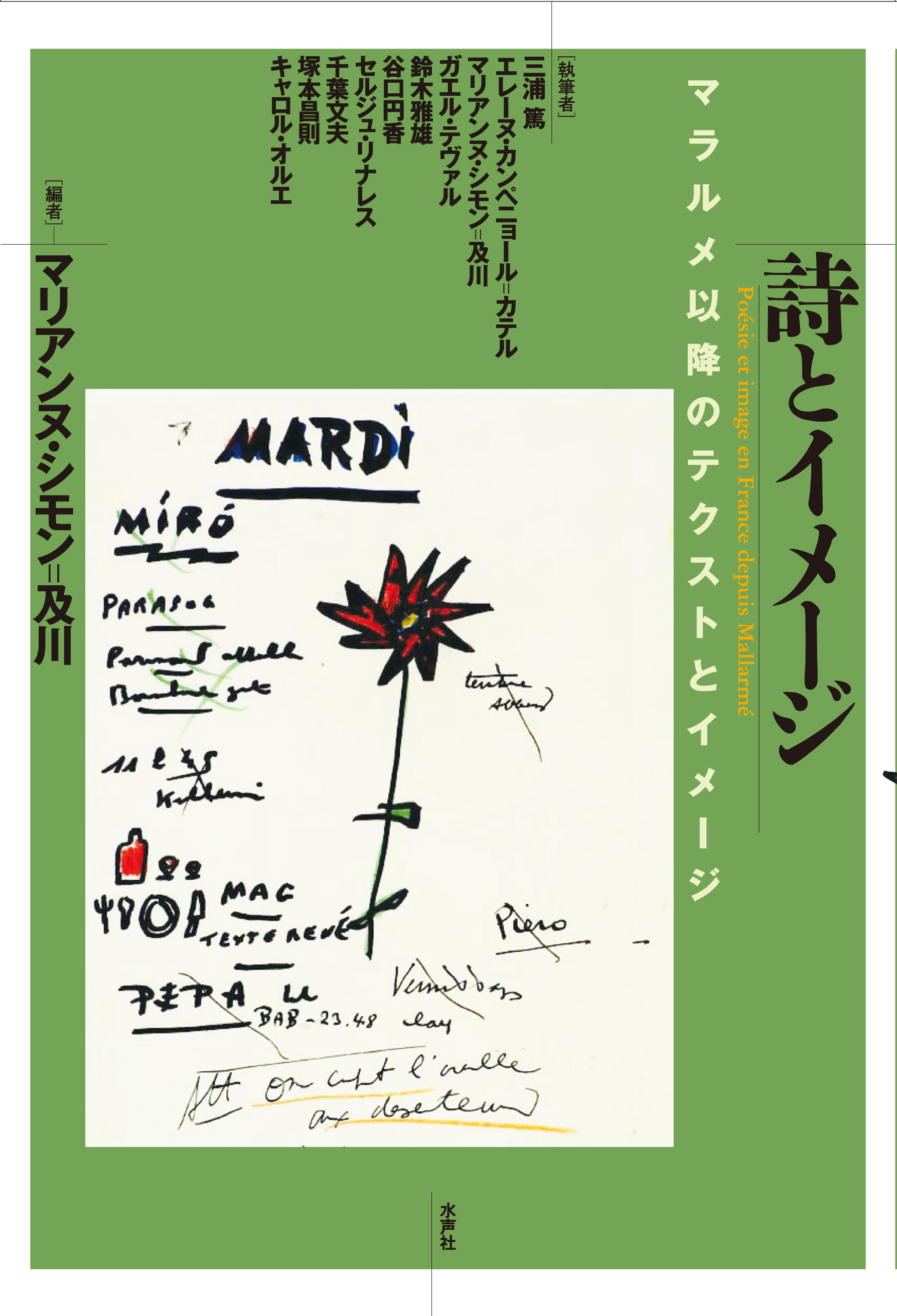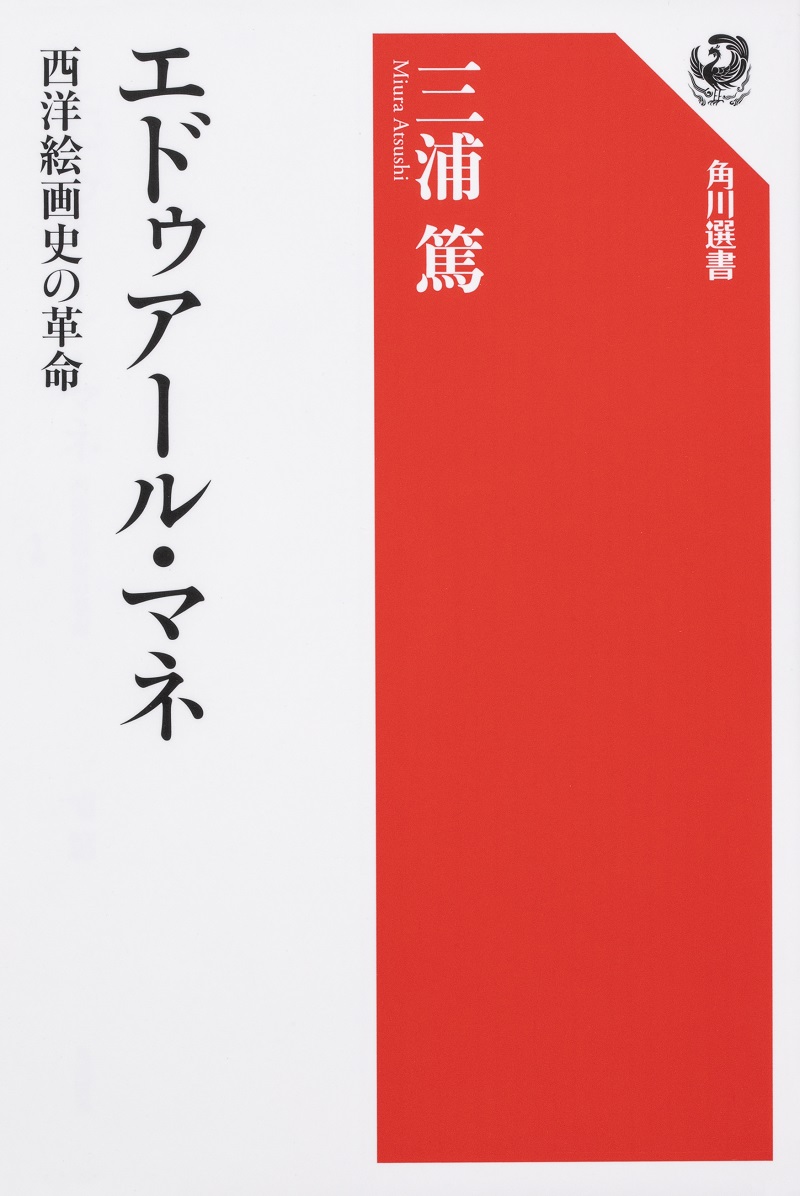
Title
Kadokawa Shinsho Édouard Manet (A revolution in the history of Western painting)
Size
324 pages, 127x188mm
Language
Japanese
Released
October 19, 2018
ISBN
9784047035812
Published by
KADOKAWA
Book Info
See Book Availability at Library
Japanese Page
When it comes to 19th century French painting, the impressionist school has been popular in Japan for a long time, but unfortunately Édouard Manet, a painter of even greater significance than the Impressionists, is not well known here. It is impossible to approach the essence of 19th century French painting without Manet, and so this is a state of affairs that I have always hoped to change.
The surface charm of Manet’s work is in fact very easily understood, with people instinctively drawn to its vivid color contrasts and flowing brushwork. Having said that, masterpieces such as Le Déjeuner sur l’herbe (The Luncheon on the Grass), Olympia, and Un bar aux Folies Bergère (A Bar at the Folies-Bergère) are complex works imbued with impact that goes beyond superficial charm, and have left a solid footprint in the history of Western art. A grasp of what is unique about Manet, and his position in the history of Western art is essential for a thorough understanding of such works.
It is precisely for this reason that I have written this book, Édouard Manet: A revolution in the history of Western painting. It was a bold undertaking to use Manet as a mirror through which to traverse the history of Western painting, but I was confident that with Manet this could be done.
Manet, who lived in the Paris of the latter half of the 19th century, was early to depict modern urban life and people in a style that emphasizes flatness. However, the essence of his innovation is in how it fundamentally transformed the nature of painting as a visual media.
Firstly, it is rare to find a painter who absorbed the traditions of painting as voraciously as Manet. He studied the European schools of painting widely, including those of Italy and Spain, and brought the results of such study to bear in his representation of contemporary life in 19th century Paris. The ways in which Manet borrowed and incorporated compositions and forms from the works of past masters is investigated in detail in Part 1 “From the Past to Manet.”
In Part 2 “Manet and ‘the Present’,” I touch upon the close geographical relationship between Manet and Paris, confirm the themes depicted by Manet and his novel methods of diverting existing imagery, and investigate his strategies for showing work in the so-called Salon (official exhibition sponsored by the French government). His complete mastery in the collage of a great variety of images and the transformation into Parisian “modern life” was in fact also the beginning of a new Realism in painting that turned a cool gaze toward society. Manet’s innovations were therefore a radical paradigm shift in the history of Western painting, shaking the traditional norms of painting, and even attracted scandal and condemnation as a result of the impact on viewers’ visual sensibilities.
Further, as traced in Part 3 “From Manet to the Future,” something that is deeply interesting about Manet is the enormous impact that he had on later generations of painters. Manet’s work acted as a stimulus in various ways for artists ranging from Degas and Monet, to Cézanne and Gauguin, and Picasso in the 20th century, giving rise to many works carrying an awareness of Manet. This potential is not lost in the world of contemporary art, and is strikingly expressed by artists using photography.
Manet can thus be considered a painter of the utmost importance, having brought about a revolution in the history of Western modern painting. Those who would like to learn about the above in more detail are encouraged to pick up this book.
(Written by MIURA Atsushi, Professor, Graduate School of Arts and Sciences / 2019)



 Find a book
Find a book


 eBook
eBook